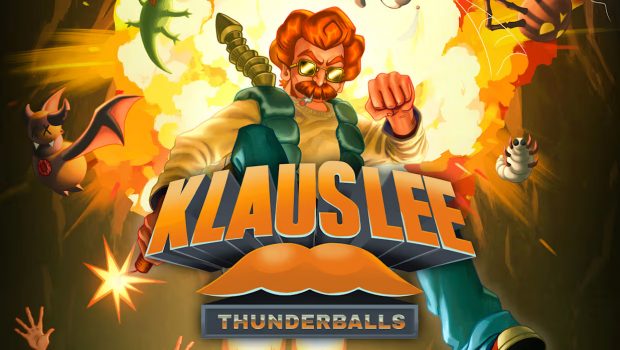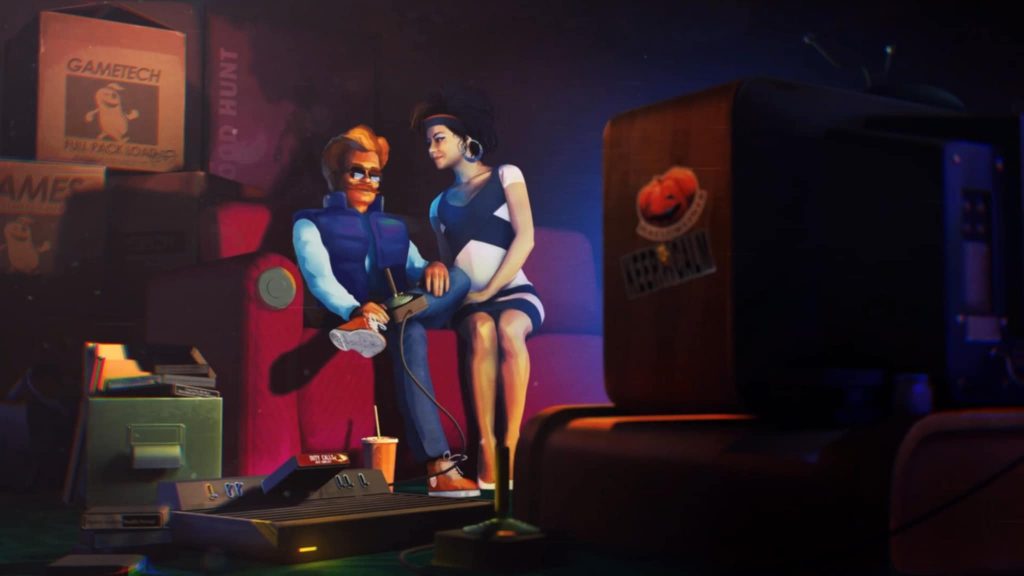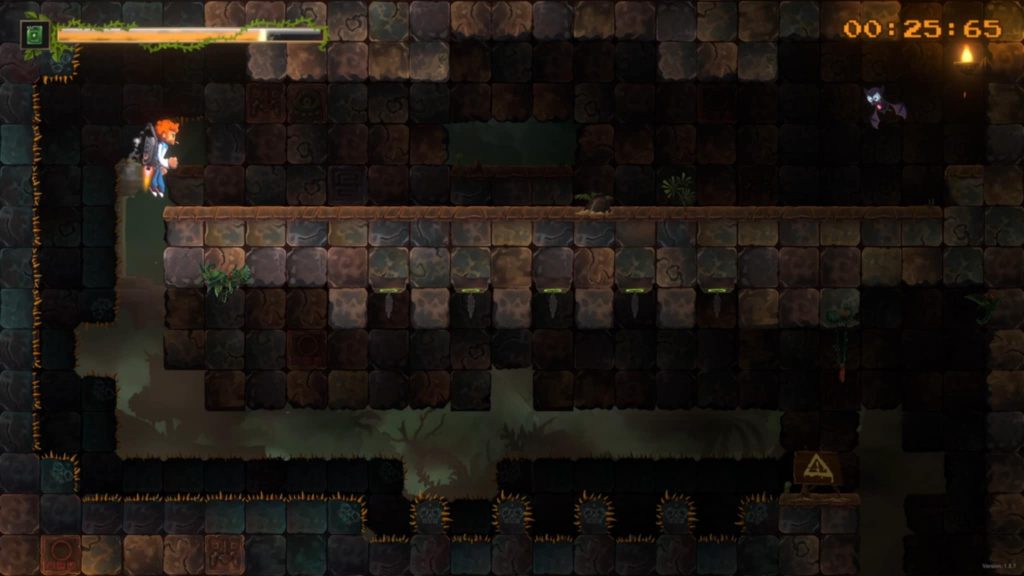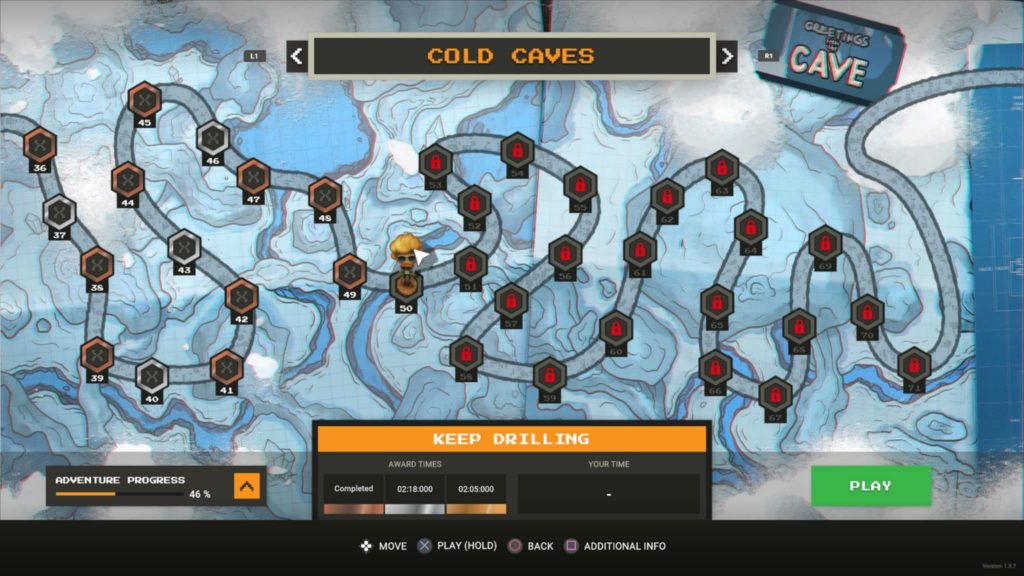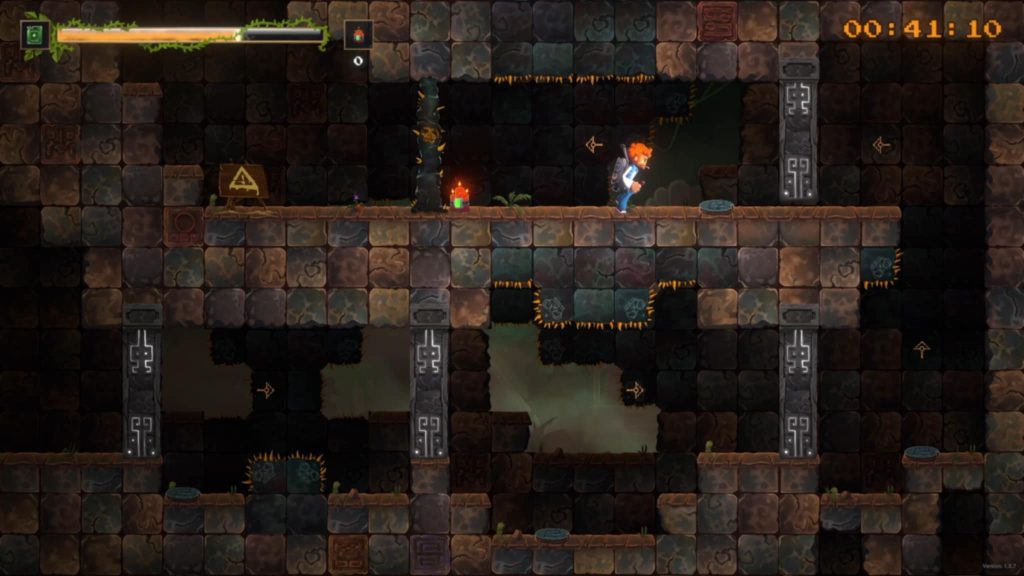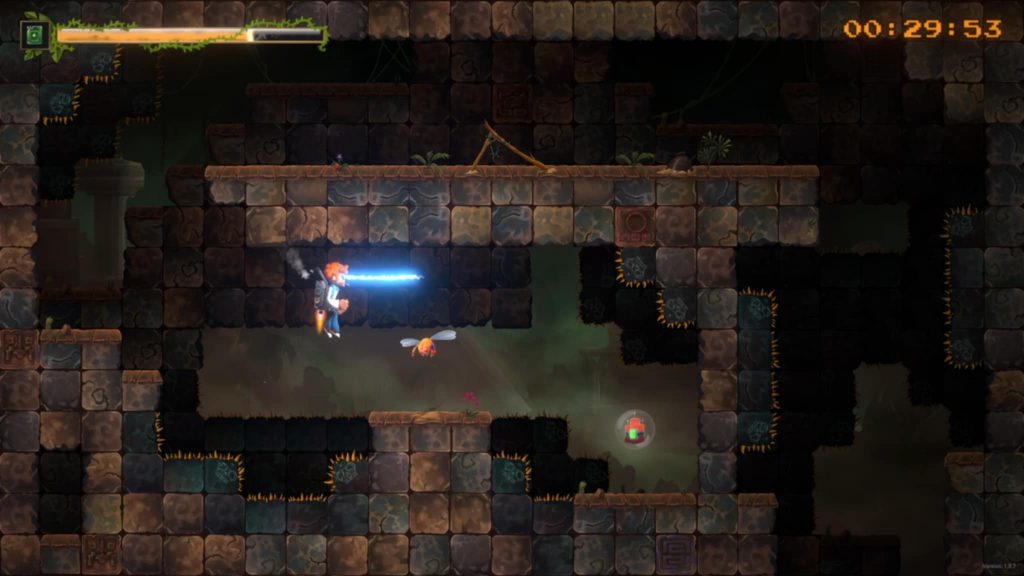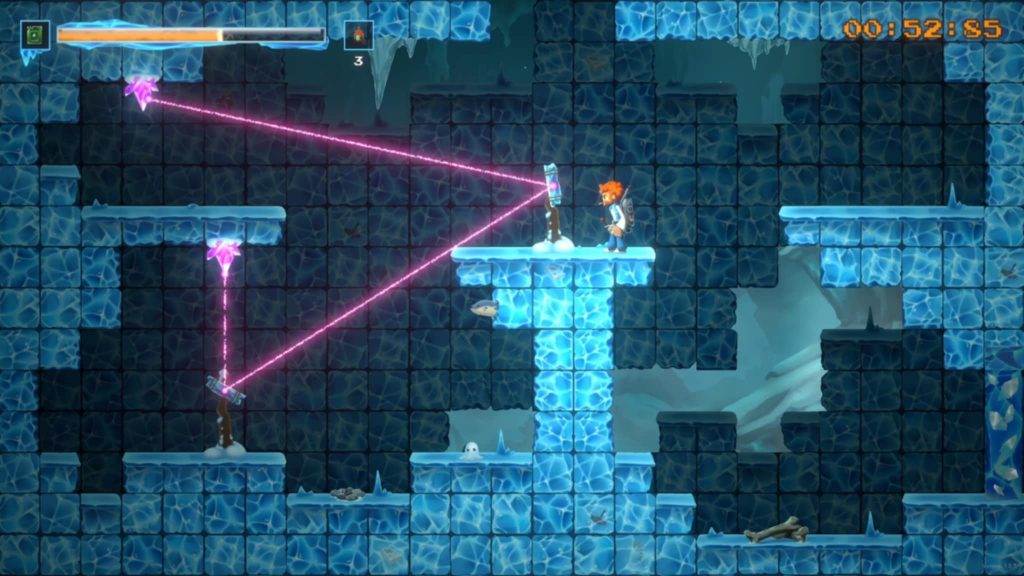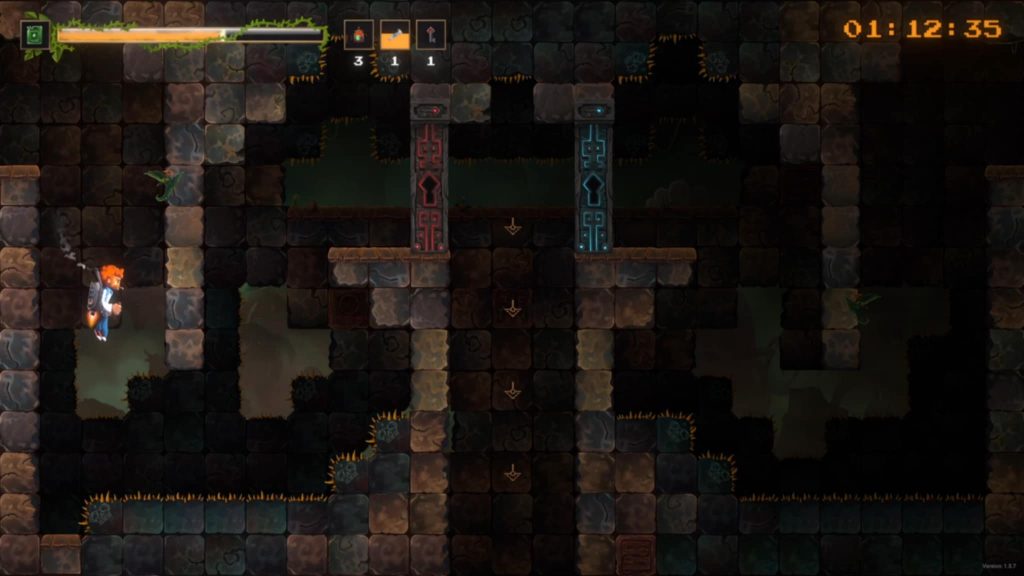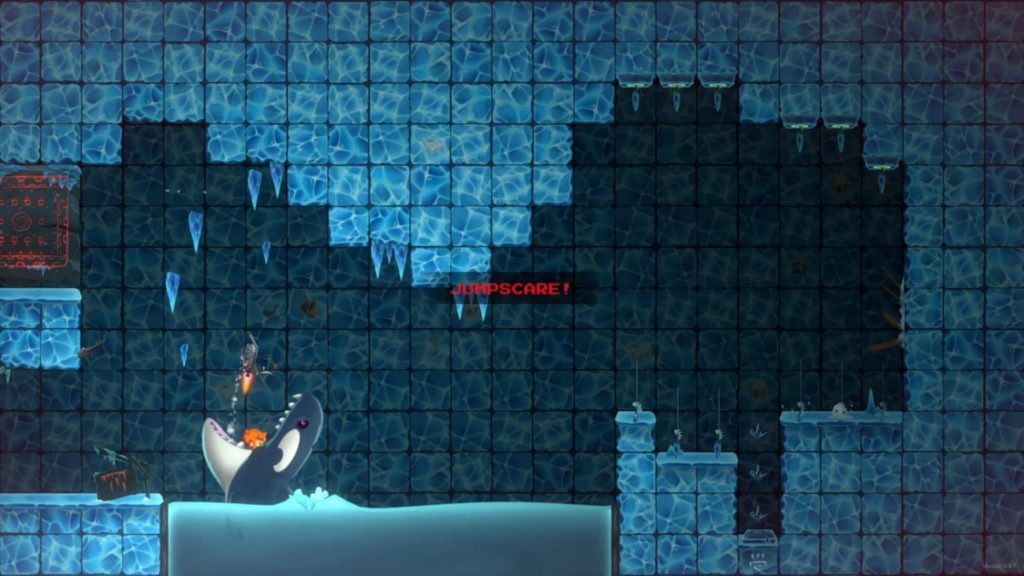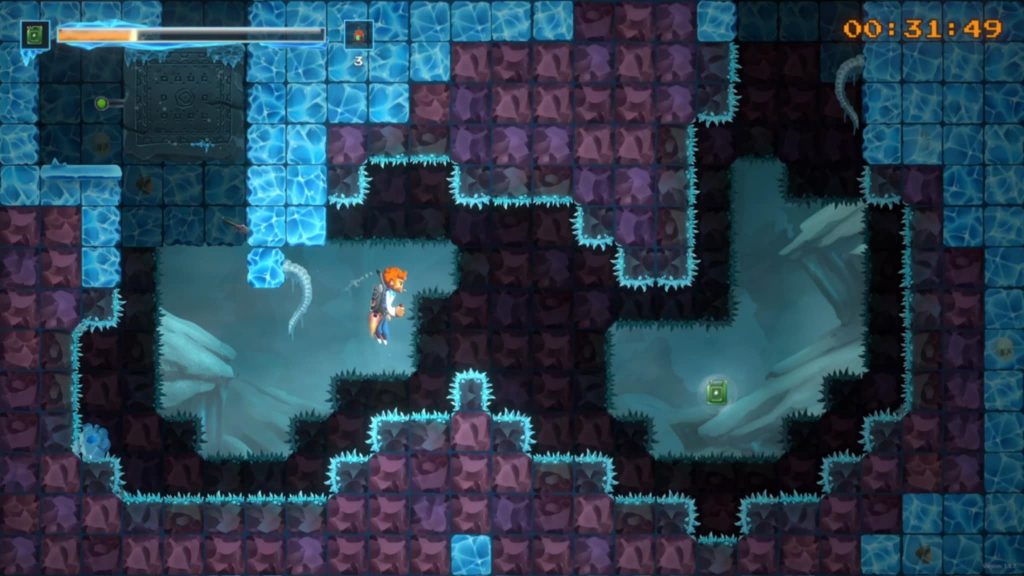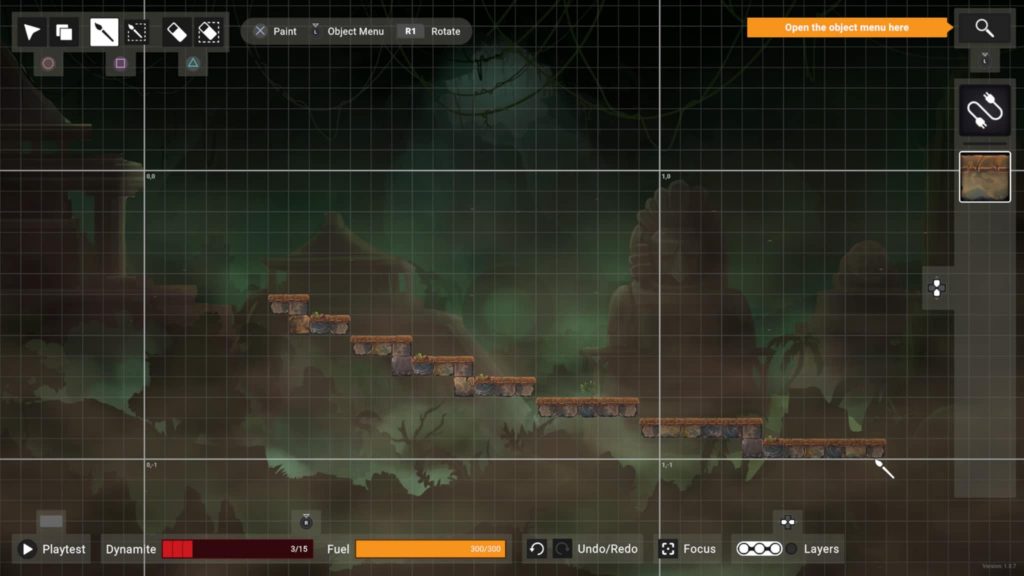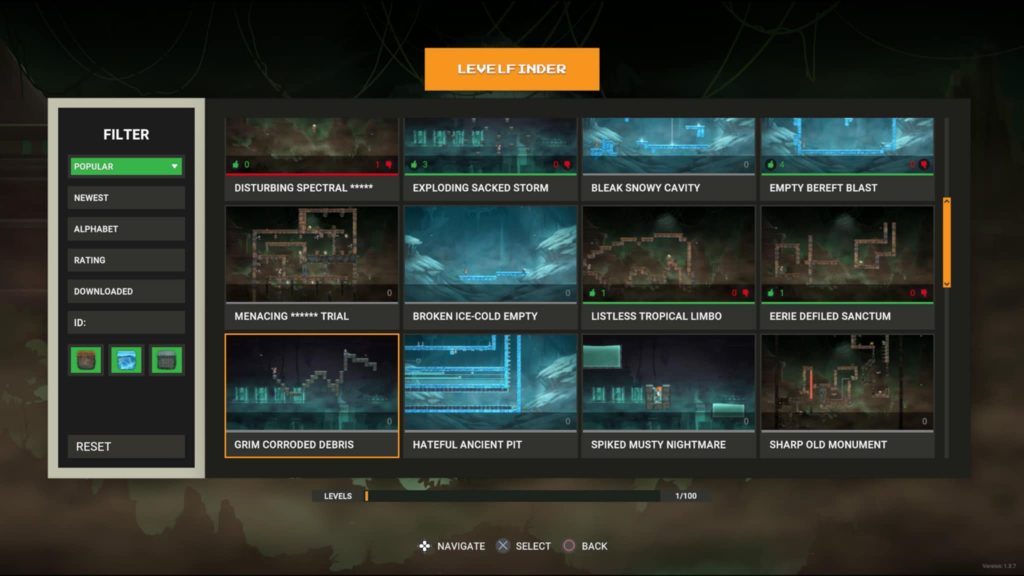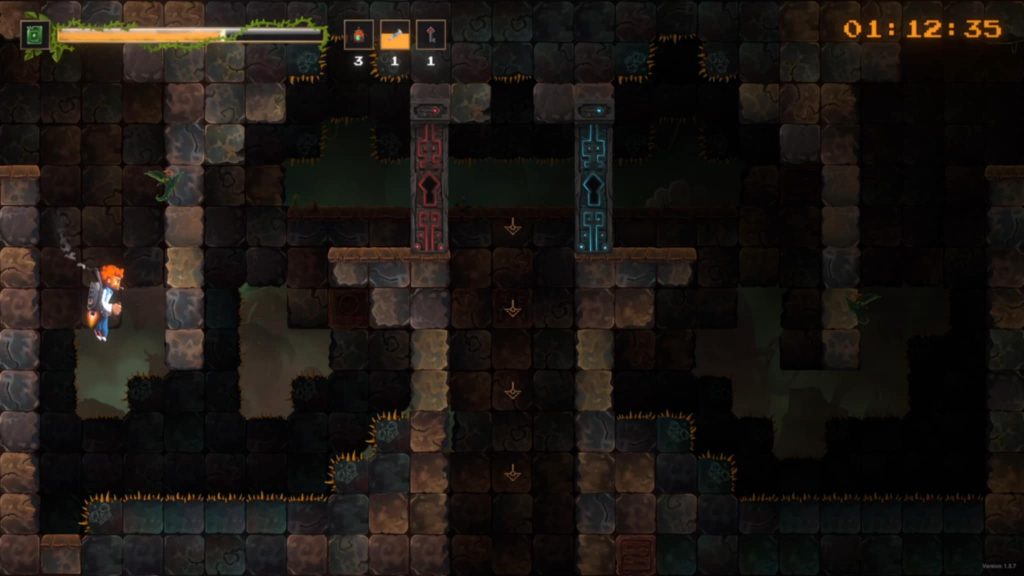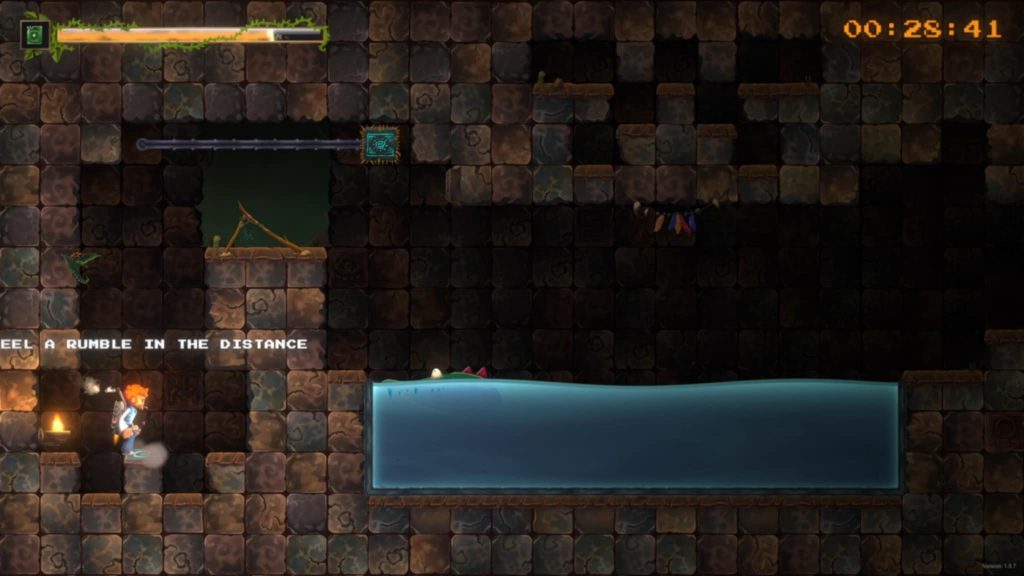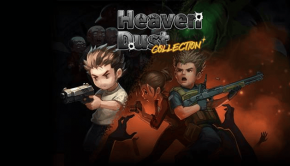Klaus Lee – Thunderballs Review (PS4)
Summary: Klaus Lee - Thunderballs is a fast-paced 2D action-platformer that combines tight jetpack mechanics, tricky puzzles, and explosive charm in a retro-inspired package. With over 100 challenging levels, precise controls, and a powerful level editor with cross-platform sharing, it delivers both a tough but fair main campaign and endless replayability through user-created stages. Its bold style, witty tone, and rewarding gameplay make it a standout for players who love old-school difficulty with modern polish.
3.6
Jetpack Jaunt
Klaus Lee – Thunderballs is a tightly crafted 2D action-platformer that blends retro visuals, puzzle-solving traversal, and high-stakes action into a deceptively hardcore experience. Released on June 26th of 2025, the bombastic Klaus Lee – Thunderballs is developed by NUKKLEAR and published by Assemble Entertainment. Its brash style bolsters its an unapologetic tribute to the over-the-top swagger of ‘80s pop culture. The titular character, Klaus Lee, is painted as the ultimate action hero who is so influential he supposedly inspired Colt Seavers, taught Chuck Norris how to walk, and dated all three of Charlie’s Angels simultaneously. That tongue-in-cheek persona sets the tone, but beneath the humor and bravado lies a mechanically tight, deceptively challenging platforming experience that’s all about mastering movement, solving fast-paced puzzles, and chasing perfection.
The story kicks off with Klaus relaxing at home with a total babe at his side, until he’s suddenly sucked into a mysterious video game world. To escape, he must blast and jetpack his way through treacherous temples, icy caverns, and high-tech laboratories while rescuing lost explorers. The narrative is intentionally minimal, acting as a setup for the gameplay rather than a focus, but Klaus’s attitude and one-liner-ready style give the game personality throughout. He may be a caricature, but he’s a confident and consistent one that fits well into the game’s throwback aesthetic. It also wittingly puts you into this sort of casual and nonchalant mood where multiple deaths don’t seem like that big of a deal so constantly retrying is effectively ingrained into the core of the gameplay from the get go.
Right off the bat, I appreciated the game’s style and organization with its clear and functional menus. The Adventure mode is where you’ll find the main campaign, split across the three themed worlds. The Level Finder allows easy access to community stages, and the Collection menu organizes your created or downloaded content. The Level Editor itself feels like a game within a game, easy to pick up but deep enough to allow intricate creations. The Options menu includes accessibility and performance tweaks, while the Journal tracks your outfits and challenges, giving completionists another reason to keep pushing for perfect runs.
Gameplay is centered around precision and efficiency. Klaus is equipped with three main tools: a jetpack with limited fuel, a laser with short range, and dynamite that must either be collected or strategically rationed. Each level plays like a puzzle-platforming obstacle course, often requiring pixel-perfect timing and clever resource management. The jetpack grants full directional control, allowing you to float, hover, or zip between hazards, but fuel runs out quickly. Laser blasts are useful for slowly clearing destructible blocks and obliterating enemies, while dynamite can break stronger walls or speed up routes if used wisely.
Mastering the interplay between these tools is key. For example, while your laser can wear down some walls, it takes precious time, so using dynamite instead can help shave seconds off your level time, leading to better medals. Each level is timed and ranked with bronze, silver, and gold medals, and earning all golds in the world unlocks a new cosmetic outfit for Klaus. That progression adds a satisfying layer of incentive beyond simply surviving. However, getting gold medals is no small feat. It requires not just survival, but absolute mastery by multiple feats like threading the needle through traps, hazards, and time-based puzzles without hesitation.
The level design is where Klaus Lee – Thunderballs truly shines. Across over 100 levels, the game introduces new mechanics with a steady learning curve. Early stages teach you the rules like using color-coded keys to open gates or rotating laser mirrors to unlock doors while later levels combine these ideas into more complex sequences. Each new hazard, from collapsing stalactites to disorienting torch traps that plunge the screen into darkness, is introduced thoughtfully, usually in isolation first, before being layered into more demanding challenges. The best levels require careful observation, muscle memory, and lightning-fast decision-making.
That said, the difficulty can be brutal. There’s no health bar, so one mistake means death and a restart from the beginning of the level. Whether you’re crushed by falling spikes, zapped by a bat’s energy ball, or nudged into a trap by a poorly timed jetpack boost, every death stings. Certain levels include elements of randomness, like patrolling enemies or moving hazards, which can lead to unexpected failures even after you’ve nailed your strategy. The lack of checkpoints can be frustrating, especially on longer stages, but it also fuels the game’s high-stakes tension. It’s designed to be punishing, but fair. It’s one of those games where victory feels genuinely earned.
Thankfully, the controls are rock solid. Klaus’s movement has just the right balance of responsiveness and momentum. The jetpack is tight enough to allow delicate maneuvers, but floaty enough to demand planning. Dynamite is satisfyingly snappy to deploy, and the laser’s limitations force you to think before engaging. Everything from movement to aiming feels deliberate, and rarely does the game feel like it’s working against you; it just expects you to meet its high standards.
Where Klaus Lee – Thunderballs sets itself apart from other retro-inspired platformers is with its robust level editor and online sharing tools. The included level editor is genuinely impressive. It’s intuitive and expansive, giving players access to all the mechanics, hazards, and visual styles found in the main game. Whether you want to recreate a death trap from the main adventure or design your own twisted maze, the tools are powerful and responsive. Even more impressive is the Steam Workshop integration and cross-platform sharing, which allows players to browse, upload, and play community-made levels with ease.
The Level Finder menu includes useful filters like “Most Popular,” “Highest Rated,” and “Newest,” as well as a search function using level names or IDs. Your Collection menu lets you store downloaded levels and your own creations. This feature practically doubles the game’s lifespan; between official levels and the constant stream of user-generated content, there’s potentially no end to the challenges available. I really enjoy when games add this level of creative freedom that is able to be viewed and appreciated by others.
Visually, the game embraces a lo-fi retro aesthetic. Klaus Lee’s art style is clean, readable, and full of character, even if the environments themselves repeat often. The three main biomes, Lost Temples, Cold Caves, and Secret Labs, are visually distinct enough thanks to color palettes and background depth. Purple lighting in ice caverns, glowing circuitry in labs, and ancient ruins in jungle settings give the limited tile sets some needed variety. The background art, while subtle, adds a surprising sense of scale and depth, making the game feel more expansive than its screen-by-screen progression might suggest.
The audio design matches the game’s tone perfectly. The soundtrack is filled with energetic synths and heavy retro beats that suit the frantic pace of the action. Sound effects are crunchy and satisfying, especially when hitting buttons, detonating walls, or zapping enemies with your laser. The game’s overall volume leans on the loud side, which feels intentional given the “cool dude” persona of Klaus, but thankfully, there are volume sliders in the options menu. There’s also a handy toggle to skip the death animation, which is particularly useful when you’re dying dozens of times in a single stage.
Like many games inspired by classics, Klaus Lee – Thunderballs draws comparisons to titles like H.E.R.O. (1984), Rick Dangerous (1989), and even modern games like Super Mario Maker. It captures the best parts of those influences such as tight design, punishing mechanics, and player creativity, while introducing intelligent additions like fuel management, laser reflection puzzles, and a dynamic level editor. It’s a game that rewards trial and error, learning through failure, and the drive to optimize every run.
Final Thoughts?
Klaus Lee – Thunderballs is a love letter to an era of gaming when skill and patience were the only ways forward, but it’s delivered with a modern, smartly designed touch. It’s tough, sometimes unfairly so, but it’s also addictive, well-paced, and endlessly replayable thanks to its level creation tools. Whether you’re blasting through the main campaign or diving into player-made deathtraps, the core mechanics remain solid, the humor stays sharp, and the satisfaction of threading the needle with your jetpack never gets old.


